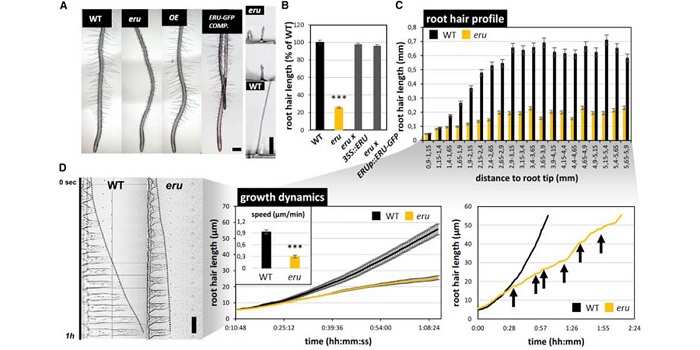
The auxin-regulated CrRLK1L kinase ERULUS controls cell wall composition during root hair tip growth ($) (Curr Biol)
Root hair outgrowth requires the plant hormone auxin and polarized tip growth and cell wall deposition. Schoenaers et al. showed that the plasma membrane-localized receptor-like kinase ERULUS (ERU) regulates tip growth in root hairs. ERU is regulated by auxin via ARF7 and ARF19 transcription factors,…
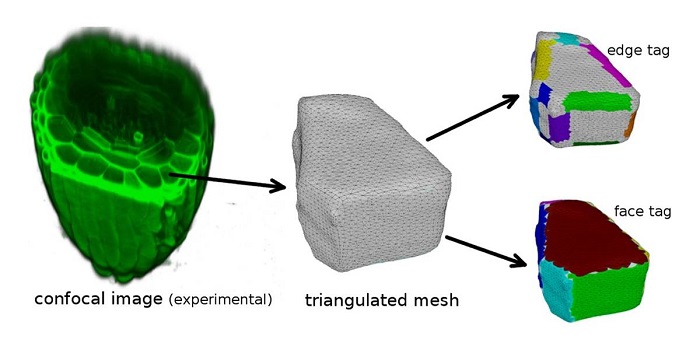
A computational framework for cortical microtubule dynamics in realistically shaped plant cells (PLOS Comp Biol)
Plant growth and development consist of highly organized cellular patterns and depend on the directional growth and orientation of cells. Understanding microtubule dynamics is key to deciphering the formation of cellular shape and growth direction. In this research, Chakrabortty et al. employed analytical…
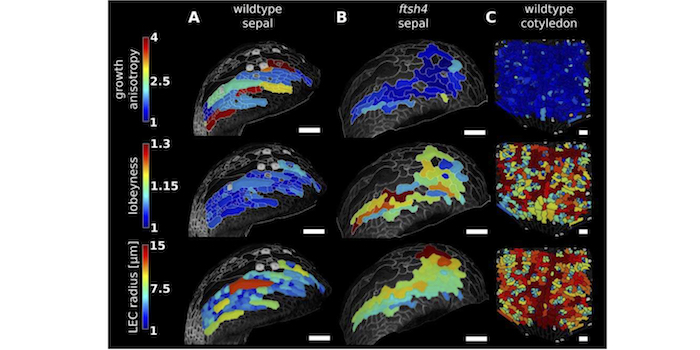
Why and how plants make puzzle cells (eLIFE)
In proliferating tissues, plant cells start small and then expand to up to 100 times their original size. Sapala, Runions and collaborators studied the relationship between mechanical stress and shape to see if mechanical stress could affect the shape of epidermal cells. Simulations were run to see the…

Gibberellin DELLA signaling targets the retromer complex to redirect protein trafficking to the plasma membrane (PNAS)
Gibberellins including gibberellic acid (GA) are plant hormones required for growth and development. GA has been reported to regulate tropic responses by modulating plasma membrane localization of PIN auxin transporters. In this study, Salanenka et al. focused on the mechanism of GA-mediated protein…
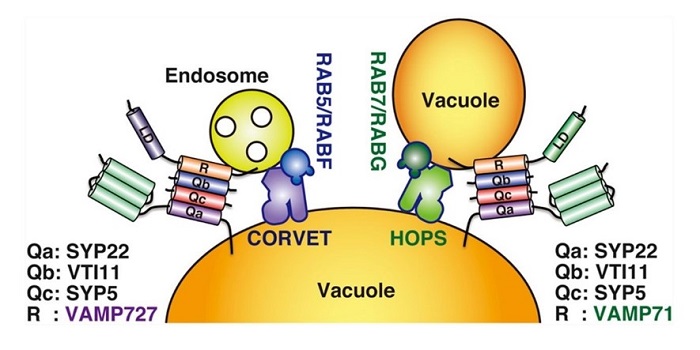
Distinct sets of tethering complexes, SNARE complexes, and Rab GTPases mediate membrane fusion at the vacuole in Arabidopsis (PNAS)
In plant cells, vacuoles store and degrade wastes including proteins. Vacuolar targeting and fusion by endosomes are specified by SNARE complexes at the membrane. In this study, Takemoto et al. studied the function of two tethering complexes, HOPS (Homotypic fusion and Protein Sorting) and CORVET (Class…
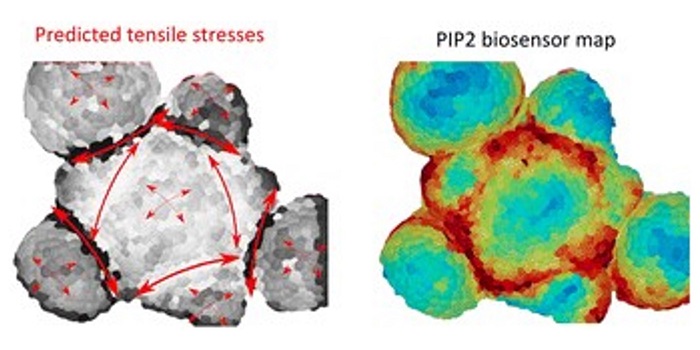
A phosphoinositide map at the shoot apical meristem in Arabidopsis thaliana (BMC Biol.)
Plasma membrane lipids including phosphatidylinositol phosphates (PIPs) are often depicted as forming a featureless plane that serves mainly as a barrier, but in reality they show considerable spatial diversity. PIPs contribute to anchoring and positioning proteins and protein networks, so there is much…
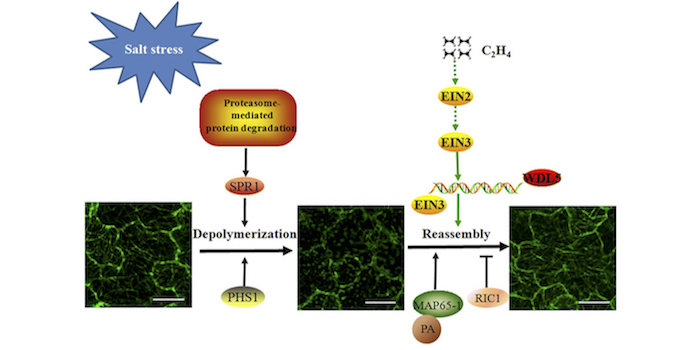
Microtubule reassembly mediated by ethylene in response to salt stress (Plant Physiol.)
It has been shown previously that cortical microtubule reorganization contributes to adaptation to salt stress; however, the upstream factors that signal this response are not know. Ethylene has been shown to regulate microtubule stability and organization in roots and etiolated hypocotyls. Ethylene…
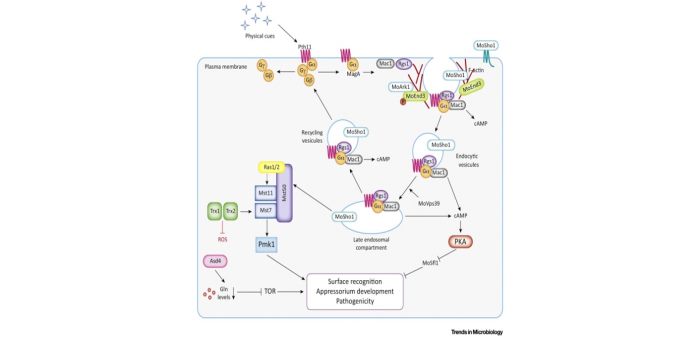
Review. Rise of a cereal killer: The biology of Magnaporthe oryzae biotrophic growth
The fungal pathogen Magnaporthe oryzae causes one of the most destructive diseases of rice, destroying around 10-30% of rice production world-wide. The pathogen undergoes different developmental changes and produce specialized infectious structures in order to rapidly proliferate within the host cells.…
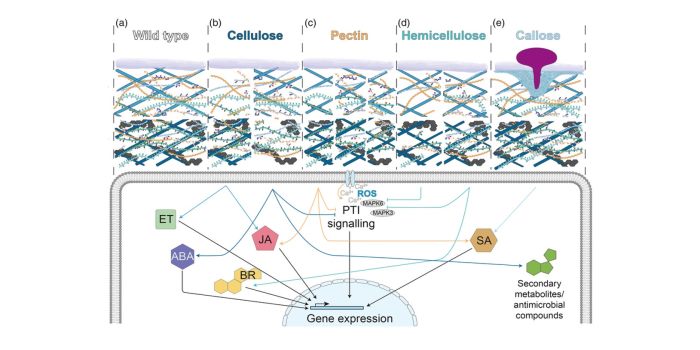
Review. Plant cell wall-mediated immunity: cell wall changes trigger disease resistance responses
Plant cell walls have recently been revealed as an essential factor of plant environment monitoring system, much more than just a passive defensive barrier as previously thought. In a recent work, Bacete et al. have reviewed how changes to plant cell wall integrity affect disease resistance. More specifically,…

